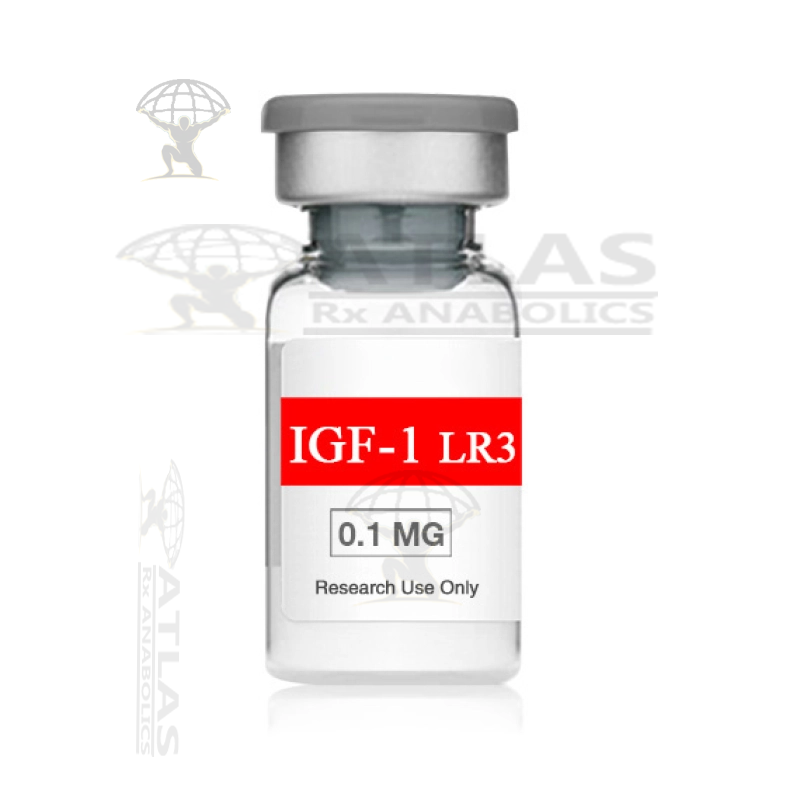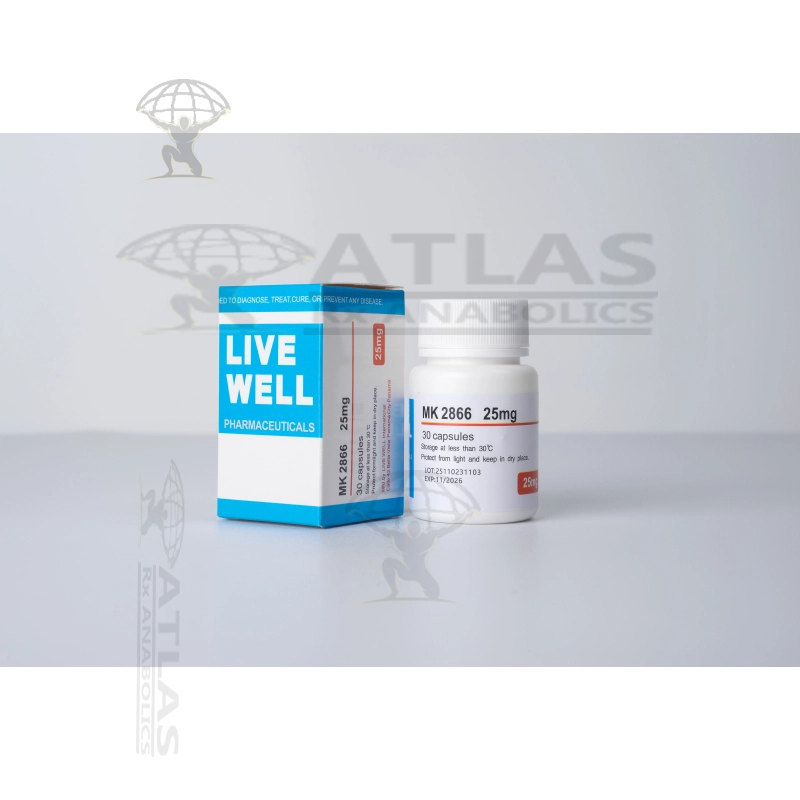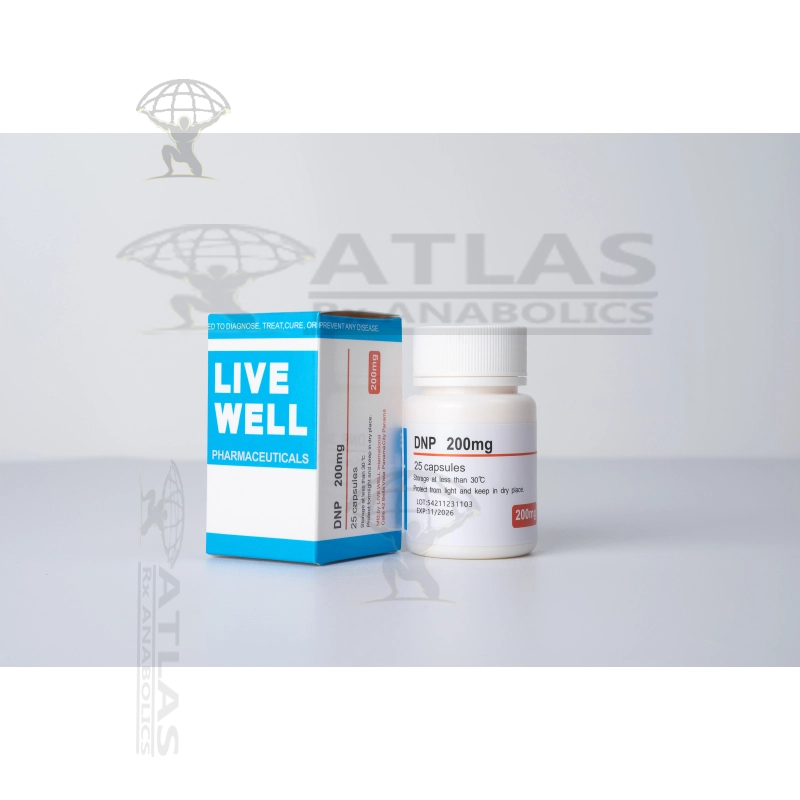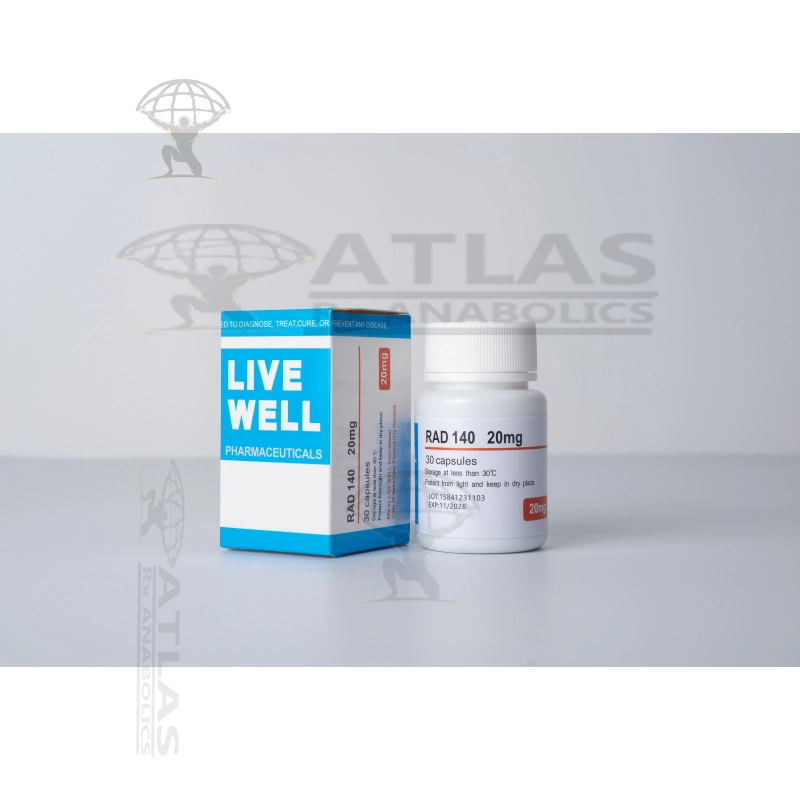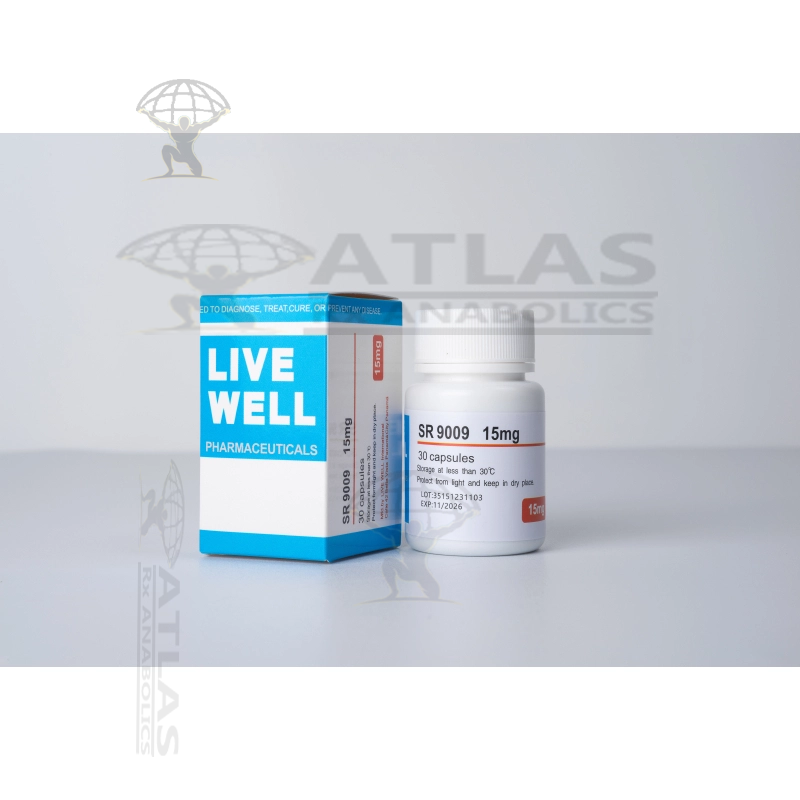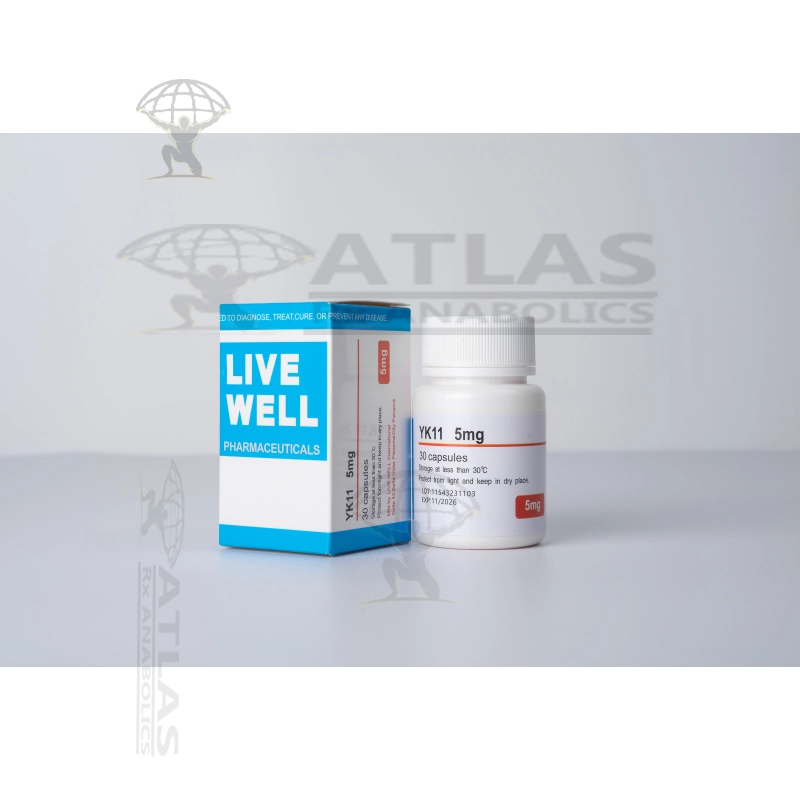Description for IGF-1
IGF-1 (Insulin-like Growth Factor-1) is a peptide hormone that plays a crucial role in growth and development. It is a naturally occurring hormone produced by the body, primarily in the liver, in response to stimulation by growth hormone (GH). IGF-1 is also found in other tissues and organs, such as muscles, bones, and skin.
IGF-1 is a key player in promoting cell growth, replication, and regeneration. It exerts its effects by binding to specific receptors on the surface of target cells, activating various signaling pathways that regulate cell growth and metabolism. This peptide hormone is involved in numerous physiological processes, including:
1. Growth and Development: IGF-1 is essential for normal growth during childhood and adolescence. It stimulates the proliferation and differentiation of various cells, promoting the growth of bones, muscles, and other tissues. It also plays a role in organ development.
2. Muscle Growth and Repair: IGF-1 has anabolic effects on skeletal muscle, promoting muscle cell growth and regeneration. It enhances protein synthesis and inhibits protein breakdown, leading to muscle hypertrophy (increase in muscle size) and improved muscle recovery after exercise or injury.
3. Bone Health: IGF-1 plays a crucial role in bone formation and remodeling. It stimulates the differentiation and activity of bone-forming cells called osteoblasts, leading to increased bone mineralization and density. It also inhibits the activity of osteoclasts, cells that break down bone tissue.
4. Metabolism and Insulin Sensitivity: IGF-1 influences glucose metabolism and insulin sensitivity. It enhances insulin action in peripheral tissues, leading to improved glucose uptake and utilization. This hormone also promotes fat metabolism, potentially reducing body fat accumulation.
5. Anti-Aging Effects: IGF-1 has been associated with anti-aging effects, as it plays a role in cellular repair and regeneration. It helps maintain the integrity and function of various organs and tissues, potentially slowing down the aging process.
6. Cognitive Function: Some research suggests that IGF-1 may have a positive impact on cognitive function and brain health. It is believed to promote neurogenesis (formation of new neurons) and neuronal survival, potentially benefiting learning, memory, and overall brain function.
IGF-1 levels in the body are influenced by various factors, including age, nutrition, exercise, and sleep. Deficiencies or excesses of IGF-1 can have significant effects on growth, development, and overall health. It is worth noting that synthetic forms of IGF-1 are also available and have been used in medical treatments for certain conditions, such as growth hormone deficiency or muscle wasting disorders.
It is important to consult with a healthcare professional before considering any use of synthetic IGF-1 or related substances, as they can have potential side effects and should be used under medical supervision.
Based on 0 review(s)
Shipping Cost
On all orders is set at $25.00
Secure checkout
Protected by Bitcoin
Offer & gift here
On all huge orders

